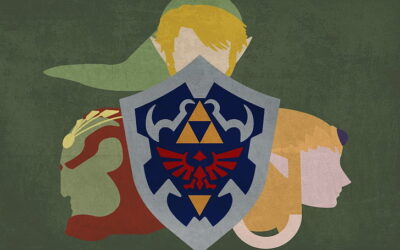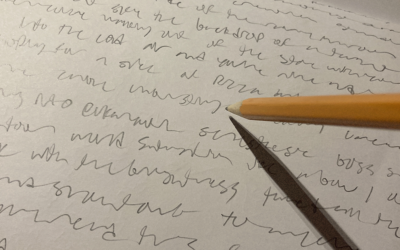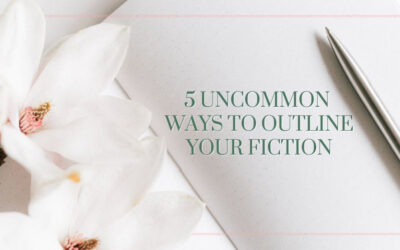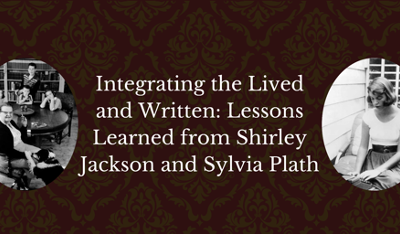Zelda Games That Have Inspired Me as a Writer
Hey, listen! Last year, the sequel to Breath of the Wild, the latest Zelda game, Tears of The Kingdom—on May 12, to be exact. In honor of this anniversary, I had to reflect on the Zelda games that helped make me a writer and chose my career path. I would not be the...
Words: Threads of Identity and Understanding
Isn’t it strange how words work in our world? Life is a story that invites us to read between the lines of our everyday experiences. Words are like threads, weaving together the fabric of our reality. Language impacts not just how we interact with the world, but our...
Harnessing the Power of the Absurd
Writing inspiration can come from so many sources, but what about from your own subconscious? It’s easier (and more fun) than you might think. The Surrealists were notorious for using their subconscious minds as a way to inform their creative process. Their methods...
“The Horror Renaissance” for Scaredy Cats
I heard mere fragments of my friends watching Smile (2022) from two rooms away and I’ve been sleeping with the lights on since. I loathe being scared. Yet, despite closing my eyes for the monster reveal every time I see a terrifying movie, I can’t seem to stop writing...
Three Ways to Spice Up Your Romance Writing
Love triangles. They’ve been all the rage recently, due in part to the wild popularity of novels like The Hunger Games and A Court of Thorns and Roses. (For the former, the brilliance of how the love triangle works is better explained in tumblr posts by users...
Why Every Writer Should be Reading Creative Nonfiction Essays
Enormous parts of ourselves are defined within a sliver of a moment. These moments often become personal essays. The personal or creative nonfiction essay is a necessary work that all writers should be reading. We expand our humanity by reading CNF. Simply put, the...
Five Tips to Overcome Writer’s Block
Five Tips to Overcome Writer’s Block Ah, writer’s block. The bane of every writer’s existence. It doesn’t matter how long a person has been writing, we all have a period of time where writing just doesn’t happen. Either nothing is good enough or the ideas just aren’t...
Exploring Poetry as a Fiction Writer
Last year, I took a poetry class for the first time. Despite being an avid reader and writer of fiction, I didn’t have much experience with poetry. I often found it boring, vague, or difficult to read. However, I was interested in learning more about the art form, and...
Writing For Your Brain
Being a writer has never been easy; many of us aren't taken seriously compared to those who become lifesaving doctors or multimillion-dollar businessmen who travel to space. Many times, writers take these kinds of comparisons to heart, and underestimate the power we...
Five Uncommon Ways to Outline Your Fiction
When you hear the word outline, you may think of the bulleted list you had to write for some academic paper. But when you’re writing fiction, that method doesn’t always work. Sometimes you need something different, something new. Here are five alternative approaches...
Integrating the Lived and Written: Lessons Learned from Shirley Jackson and Sylvia Plath
As writers, our lives and shared histories all serve as fodder for our work. Not only does our medium allow us to immortalize these instances, but to process our feelings, cultural contexts, and preconceived notions. Even still, the act of artistic self-disclosure can...
Interview with Elise Hitchings: An Inside Scoop into Freelance Editing
If you’re like me, then you love the thought of going into publishing as your future career. But you also struggle to navigate the world of literary jobs, especially editing jobs. Where do you even start? Well, to give some insight on freelance editing, I spoke to...












